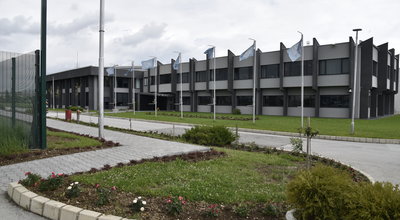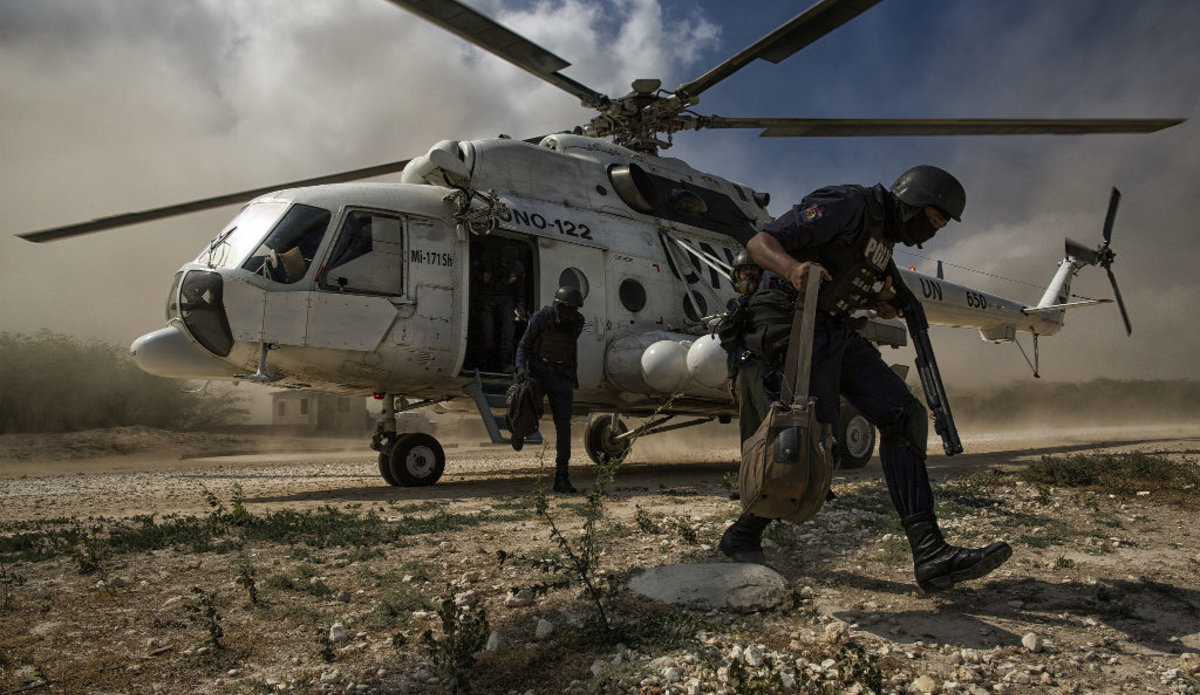Demonstrators in Kosovo have clashed with police at a bridge between the local Albanian and Serb communities in the northern city of Mitrovica.
Police used tear gas against hundreds of ethnic Albanian protesters, who threw rocks and set police cars alight. Some officers and civilians were hurt.
The riot came after local minority Serbs rebuilt a barricade at the key bridge straddling the River Ibar.
Ties between Kosovo’s Serb and Albanian residents have been strained for years.
Kosovo unilaterally declared independence from Serbia in February 2008. Serbia rejects Kosovo’s independence, although the two sides normalised relations in 2013.
Many ethnic Serbs in Kosovo are reluctant to integrate with the Albanian communities.
‘Symbol of rejection’Local Serbs had blockaded the north side of the Mitrovica bridge for the past three years.
The rubble was removed last week. However, it was quickly blocked again with flower pots and earth – described by some Serb residents as a “peace park”.
The long-standing blockade was a symbol of the Serb community’s rejection of Kosovo’s self-declared independence – and the authority of the government in Pristina, the BBC’s Balkans correspondent Guy Delauney reports.
Kosovo police spokesman Avni Zahiti said 13 policemen and 10 civilians were injured.
“Kosovo police did not use any force apart from the tear gas,” he said, adding: “Six vehicles were burned, and many other vehicles were damaged.”
Nato peacekeepers were also called to support the anti-riot police.
In 1998, Serbia responded to separatist pressure from Kosovo by launching a crackdown on the territory’s Albanian population, which was brought to an end by Nato military intervention in 1999.
Kosovo was administered by the UN until 2008, when it declared independence.
About 90% of Kosovo’s population are ethnic Albanians, with about 100,000 Serb residents.












